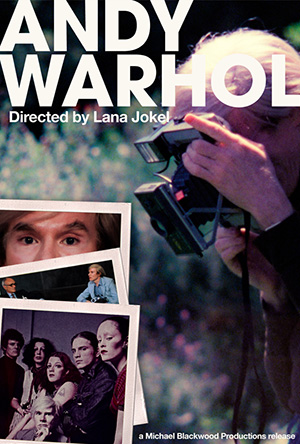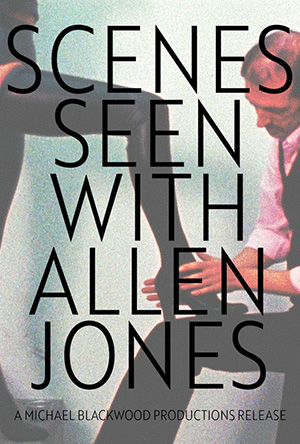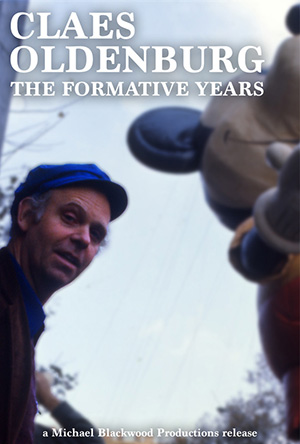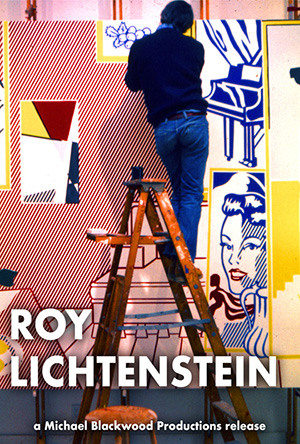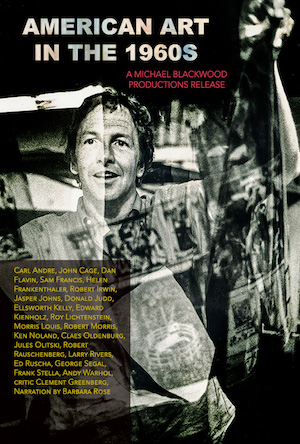The Pop Art Collection
Andy Warhol
Andy Warhol became the art star of the 1960s. This portrait was made in 1972, a peak year in the career of the artist. Throughout the film Warhol remains behind his mask as critics and followers describe him as voyeuristic, demonic, innovative, shrewd, and influential. Like several fellow artists of the 1960s, Warhol started out as a graphic designer and window decorator. By 1962 he had taken his artistic imagery directly from the shelves of the supermarket and daily tabloids. These early works include the Brillo Boxes and Campbell Soup Cans.
Scenes Seen with Allen Jones
During his days as a top member of the Pop Art movement in Britain, Jones had evolved a singular genre of imagery: totemic forms of torso-less legs, sheathed in vinyl, which have become his artistic “icons.” His graphic works, drawings, paintings and sculptures all had erotic overtones. Jones is introduced in his London studio, where he is developing an idea for a new painting as he studies his model – a woman clad in vinyl. Other scenes include a visit to a London tailor, where the artist’s wife is being fitted with one of Jones’ costume designs for the movie “A Clockwork Orange” and a rehearsal of an eccentric stage musical also featuring costumes designed by the artist.
Claes Oldenburg: The Formative Years
A trip to Chicago is woven into these sequences, where Oldenburg conducts a tour of his personal landmarks. He shows us the original fireplug which inspired his Proposed Colossal Monument for the End of Navy Pier, Chicago: Fireplug, the best place to find Ray gun shaped discarded objects, the ideal site for his colossal Windshield Wiper, how the Christian Science Church has turned into an ice bag, and the cemetery-like aspects of the Chicago skyline. He visits a famous Chicago cemetery and reveals his desire for “someone to donate land to make a cemetery for artists so that they could work on their own tombs during their lifetime…each one could be by an individual artist who created a tomb in his own style – it could be a permanent group show.”
Roy Lichtenstein
conversation with Roy Lichtenstein, critic Lawrence Alloway places Pop Art on a continuum of twentieth-century art that includes collage, Dada, and Purism in referring to signs and objects of contemporary society; Lichtenstein argues for distinctions between himself, Warhol, Oldenburg, and others. In his Long Island studio, Lichtenstein works on an elaborate composition; one of his 4 major paintings on the theme “The Artist’s Studio.” The evolution of this giant canvas, now part of the permanent collection of the Museum of Modern Art in New York, figures prominently in the film.
American Art in the 1960s
During this critical decade in American life, artists built on the styles of the 1950s. An explosion of artistic energy produced Pop Art, Minimalism, color-field painting, and hard-edged abstraction. Sculptors and painters on both coasts explored new methods and new subject matter. American Art in the Sixties examines the key figures of that decade including Rauschenberg and Johns, two crucial transitional figures between Abstract Expressionism and the sensibilities of the new decade. The art of that time mirrors the optimism and the affluence, and the technology and the vulgarity of those boom years.

